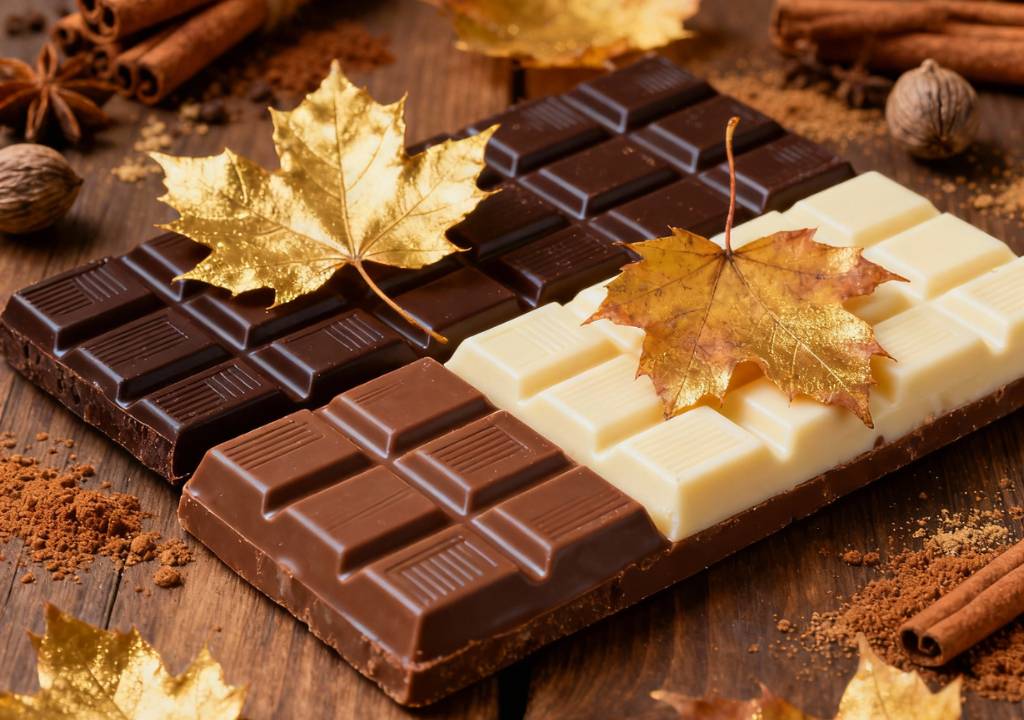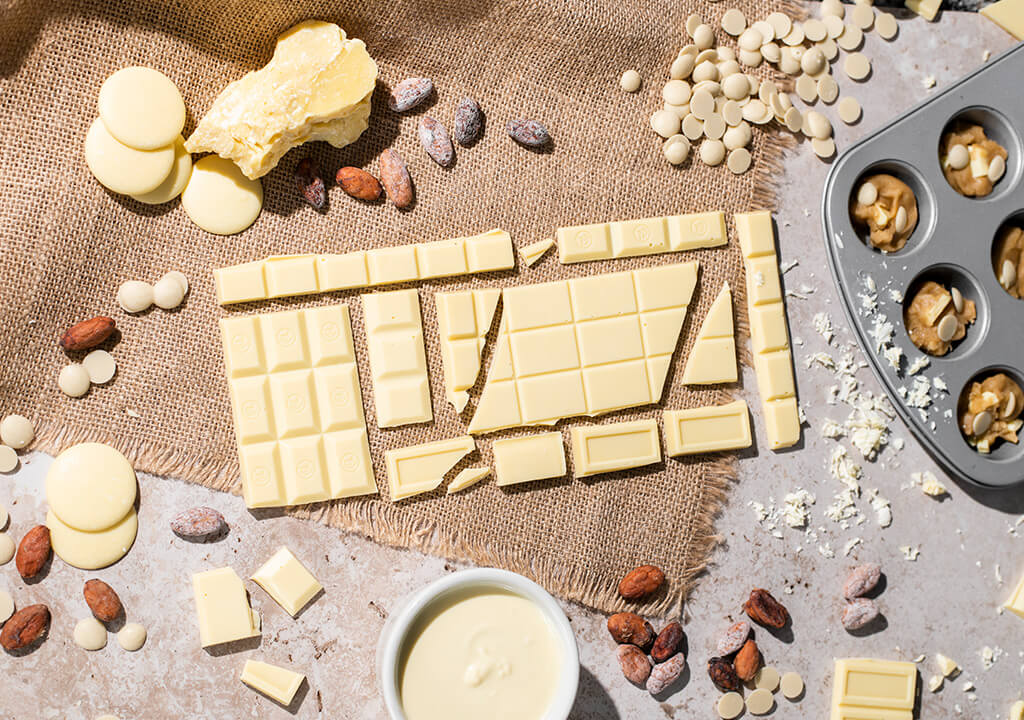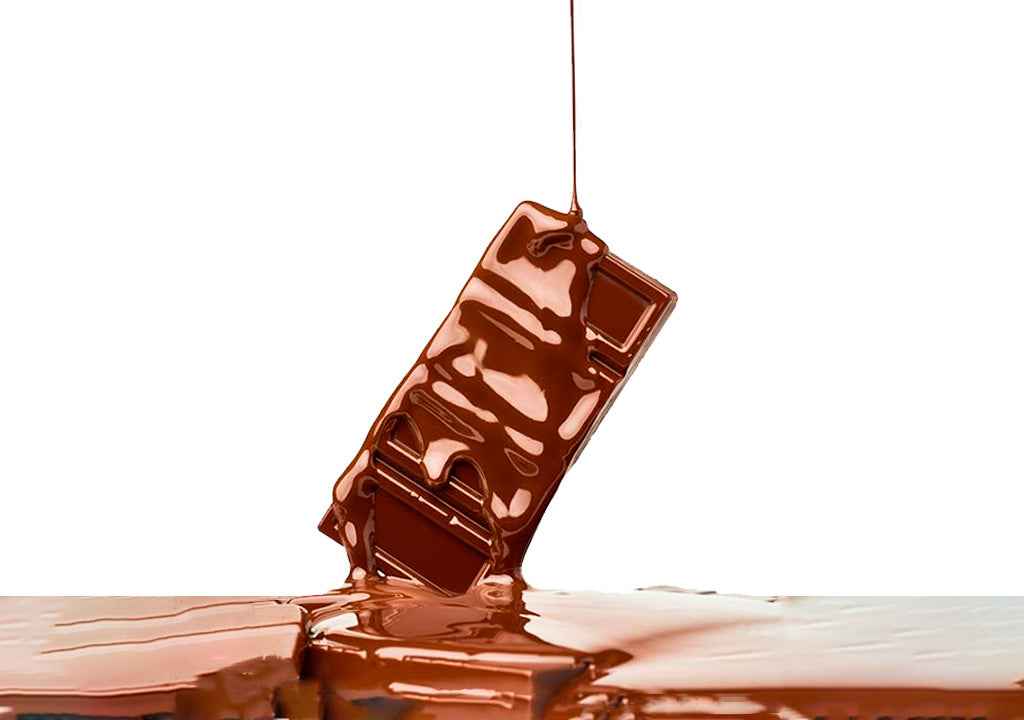
3 tempering methods to get the best out of our chocolates

Tempering is a crucial step during the chocolate-making process. This process allows your chocolates and chocolate products to have the best quality, shine, snap, and exceptional mouthfeel.
But first, let’s take a look and see what tempering is all about:
Tempering is the process in which the cocoa butter crystals are organized by controlling temperatures. Cocoa butter is quite an exceptional ingredient and has a lot of qualities, one of them is that it can crystalize in several forms; how it crystalizes depends on how the tempering is made. In other words, tempering is about teaching the cocoa butter through temperature changes and agitation how to crystalize in the best way possible to get the best chocolate appearance, thermal resistance, and performance.
Why is tempering chocolate important?
With this process, we are looking for the cocoa butter crystals to form a stable structure to achieve chocolate with a uniform shine, snap, and good shrinking force of the chocolate during its solidification, allowing the demolding to be as easy as possible. In addition, to ensure that the final product has a better shelf life.Other reasons why tempering is an essential step during the production of chocolate are:
-
Greater thermal resistance.
-
Greater resistance to the migration of cocoa butter to the surface known as “Fat Bloom.”
-
Better mouthfeel.
The following images show the optimal points for good tempering of our couvertures:



We will show you three tempering methods to get the most out of our chocolate couvertures in our portfolio.
Three methods for tempering chocolates for high-end confectionery
-
THE TABLE TEMPERING METHOD:

This method requires using a marble or granite slab. It’s essential to use the correct surface as it doesn’t retain heat the same way as many other surfaces – which helps to control the temperature of the chocolate.
This method keeps the melted chocolate in motion by constantly stirring it on the cool marble slab; this surface will slowly cool down the chocolate while agitating until it reaches the desired temperature.
-
First, melt the chocolate in a bain-marie or over a double boiler until it reaches 40ºC/104ºF for milk and white chocolate or 50ºC/122ºF for dark chocolate.
-
Pour 2/3 of the chocolate onto the marble slab and use palette knives or bench scrapers to agitate the mixture back and forth constantly; this will allow the temperature to drop to 27ºC/80.6ºF for dark chocolates and 26-27ºC/77-77.8ºF for white or milk chocolate.
Check the temperature once it begins to thicken. It’s vital to stop the crystals from forming (solidifying) until it reaches the temperature we need. It should run in ribbons down from your spatula/bench scraper when ready.
-
Once it reaches the temperature, scoop it back into the bowl with the remaining warm melted chocolate and agitate well. Do not bring the temperature above 32ºC/89.6ºF for dark chocolate and 28-30ºC/80.6-86ºF for white and milk chocolate. It should be shiny and smooth in consistency and texture when ready to use.
-
THE SEEDING TEMPER METHOD:

This method consists of heating a portion of your chocolate and then gradually ‘seeding’ the unmelted chocolate into it, constantly stirring the chocolate. It works because the unmelted chocolate will help cool the melted chocolate and already has the stable crystals we want.
- Melt 2/3 of your chocolate, often agitating, until it reaches 40ºC/104ºF for milk and white chocolate and 50ºC/122ºF for dark chocolate. You could also melt the chocolate in a microwave at 15-second intervals until almost melted and around 115ºF.
- Using a spatula, gradually add the remaining chocolate. Agitate well until the temperature drops to 27ºC/80.6ºF for dark chocolates and 26-27ºC/77-77.8ºF for white and milk chocolate.
- You can bring it back up to 32ºC/89.6ºF for dark chocolate and 28-30ºC/80.6-86ºF for white and milk chocolate if it needs a softer consistency. Then it is ready to use.
-
SOUS-VIDE TEMPERING METHOD

This is probably the most exact method. All the chocolate is exposed to the right temperature, and the temperature change is slow.
- Heat the water to 40ºC/104ºF for milk and white chocolate and 50ºC/122ºF for dark chocolate using the sous-vide cooker tool.
- Place all the chocolate into a waterproof bag.
- Place the bag in the water until the chocolate is melted. Then reduce the water temperature to 27ºC/80.6ºF for dark chocolates and 26-27ºC/77-77.8ºF for white and milk chocolate.
During this process, try removing the bag from the water every minute, squeezing it lightly a few times to agitate the chocolate, and then placing back in the water. Repeat until the water reaches the correct temperature. Then keep the temperature there for 2 minutes, agitating once per minute, this is optional, but it’s best to do it to stop the wrong crystal from forming until it reaches the temperature we want.
- Finally, bring the temperature back up to 32ºC/89.6ºF for dark chocolate and 28-30ºC/80.6-86ºF for white and milk chocolate. Agitate it a couple of times in the first two minutes.
- Remove the bag from the water, then use your tempered chocolate.
Tip: to taste the temperature, plunge the edge of a clean and dry knife into the chocolate. It should set hard rapidly at room temperature (3-5 minutes) and without streaking if adequately tempered. Then, drop a spoonful onto parchment and take off for a few minutes. If it cements, discharges from the parchment quickly, and snaps when broken, it’s tempered! You’ll be able to use this testing strategy for all temper methods.
These three tempering methods are pretty simple to perform. However, there are some things that you must take into account so that the tempering comes out perfect.
The most important thing in this process is temperature control, be careful not to overheat the chocolate as it will become thick and lose fluidity. Likewise, you should avoid overcooling it as the crystals present in the cocoa butter will begin to form the wrong structures, and it will be harder to get the Beta V when you reheat the chocolate.
On the other hand, remember to keep your work area dry since chocolate and water repel each other. A single drop of water can damage all of your chocolate as the structure of crystals created will break.
By following the tempering method that best suits your needs and taking into account the mistakes that lead to poor tempering, you are ready to take advantage of the best of our couvertures and use them in your favorite recipes.



